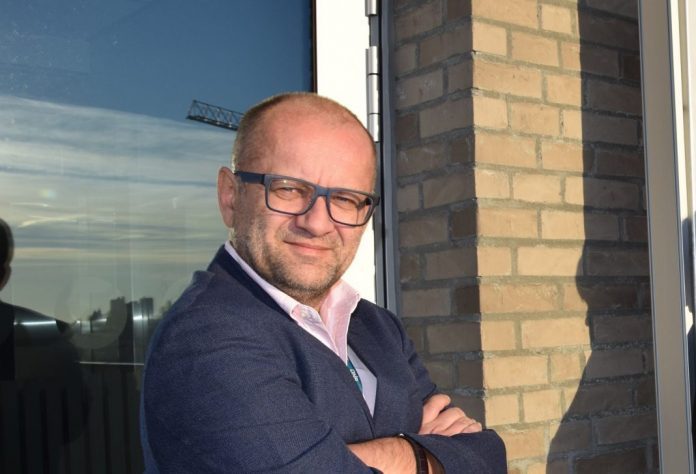What will 2019 bring us?
The year is coming to an end, and 2018 was another strong year for salmon farmers. The average salmon price has been NOK/kg 61, the same as in 2017. The forward price for next year is even higher at NOK 63. Are the happy days here to stay forever? Not necessarily. The very high prices have caught the attention of both innovative disruptors as well as the tax man. Sea lice is the OPEC of salmon farming, restricting volumes and boosting prices. You can squeeze a lemon for a long time, but eventually it will run dry. The best future would be one where innovation brings back production growth in a steady way the market can absorb without too much downward pressure on prices.
The profitability of that growth will depend not only on the prices and margins achieved, but also the taxman and the regulator. If future growth capacity largely will be auctioned off, the bidders will set a price where the return on capital is equal to the required return. As a shareholder you will then be indifferent to growth – the net present value will be zero (as a young analyst back in the day I ran a valuation model of a bank and was surprised to see that different growth rates had no impact on the value of the bank – until I realized that the bank’s return was equal to the required return – and then the value of growth is zero..).
The one way to create value from growth in such a world, is to make sure you have a competitive advantage vs your fellow farmers – so you can bid more than they can for new licenses, but less than they are worth to you. You must then be able to squeeze more volume out of a license than others or have lower costs. Or you must achieve higher selling prices. The biggest event of the year was maybe Marine Harvest’s decision to pursue an aggressive branding strategy, even changing the company name to MOWI. Successful branding will lead to higher achieved prices. Or maybe the biggest event was that Grieg Seafood had a capital markets day focusing on digitalization. Digitalization will not change the salmon farming world by tomorrow, but on a 10-year horizon it may do so. Digitalization doesn’t lift all the boats equally like a rising tide. It creates winners and losers.
The listing of Camanchaca on the Oslo Stock Exchange, symbolizing the return to financial health for the Chilean salmon farming industry, was another important event.
Important emerging themes were increasing focus on fish welfare and climate risk. The high mortality in Norway is getting more and more attention and might become a factor, in addition to sea lice, with regards to determining future growth in the “traffic light model”. For aquaculture climate risk can actually be a positive thing as it is the most climate friendly animal protein production. Climate risk is commonly divided into transition risk and physical risk. Transition risk is the one represented by humanity preparing for the physical risks related to climate change. Changing consumer preferences and regulations are the most important ones. As the lead time from increased levels of CO2 in the atmosphere to actual changes in the climate is very long, the transition risk comes first (i.e. in our life time, while the physical risk will be an issue for our children). The negative attention meat receives in this context, especially red meat, is accelerating. The number of people who cut out meat, become vegetarians or vegans is increasing rapidly. Sign of the times: food giant Unilever this week acquired “The Vegetarian Butcher”, a fast growing producer of plant-based meat replacements. If salmon farmers can continue to change the dialogue from micro local issues to global climate challenges – especially how to feed a growing population on a climate stressed planet – much will be gained. Salmon as such will not save the world, but aquaculture can make a major contribution – and salmon is by far the technology leader in aquaculture, and can hence contribute significantly in that capacity.
What will be the key events in 2019? The Norwegian Government report on taxation of salmon farming will be presented in the fall. It seems like most commentators agree that there will be some sort of additional taxation, but not on in what form or what level. The industry’s framing of the discussion as one of “periphery vs centre” (or the coastal communities vs Oslo in this case) plays straight into the deepest and most powerful of all political conflicts in Norway, and is a brilliant lobbying angle in my view. Regulatory treatment of new very powerful genetic technology such as CRISPR will be interesting to watch. The digital train will build more momentum. So will e-commerce and penetration of the Chinese market. The early stages of the MOWI branding effort will be interesting to follow. So will Atlantic Sapphire’s progress in land based farming be, and if we will see increased interest in full-cycle land-based from the traditional farmers?
And then there is all the usual stuff. Salmon prices are difficult to predict. For some years it has to some extent been a one-way bet as high utilization of licenses in Norway has meant that any supply surprise has been skewed to the downside. But there is now meaningfully unused capacity in Norway which means that a better grip on sea lice could lead to high growth (and weak prices) in a single year. General macro is not important for seafood but FX is – will the unwinding of quantitative easing, the greatest monetary experiment in history, lead to surprising FX consequences? Will geopolitical tension lead to new trade challenges? I don’t know, but I know there is never a dull moment in the world of salmon!


